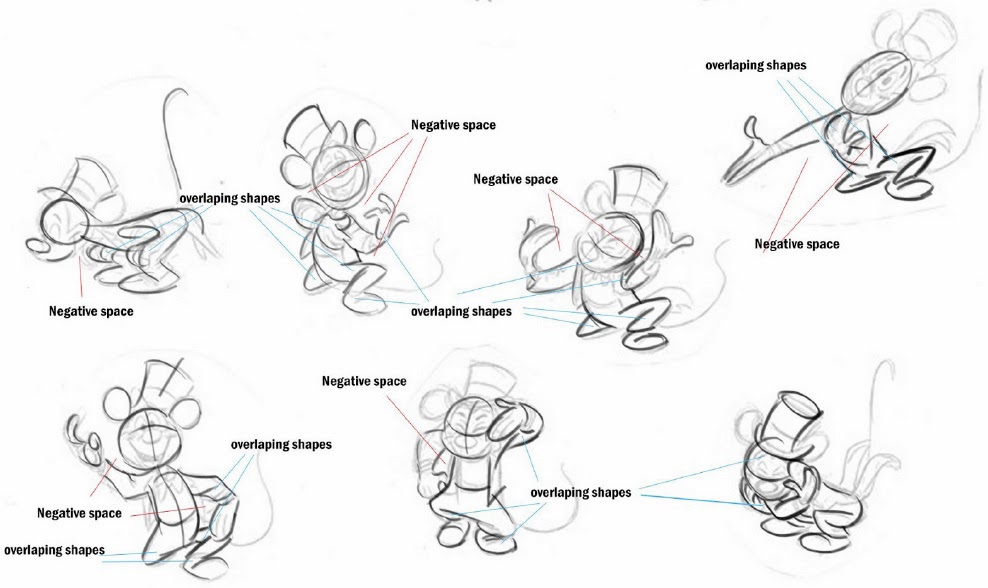
Remember, these are meant to be enjoyable exercises. You can also visualize a pose in your mind and flesh it out rapidly on paper without worrying about accuracies of anatomy or proportion. A doodle might turn into a torso, and before you know it, a figure will materialize from a few raw strokes. Gesture drawing can also be applied to drawing from memory or imagination.

Even doing a few sketchbook drawings a day can keep you from getting creatively blocked and help you stay connected with your art. If you’re feeling bored or angry about something, channel the mood into the drawing without worrying about the outcome. But moods that interfere with your art need to be bulldozed, and one of the best ways to do this is to practice gesture drawings even if you are not feeling up for it. Critical self-evaluation can often sabotage your drawings, so it’s good to get rid of preconceived notions of what a drawing should or should not be and just have a great time sketching your heart out.Īnother block that artists sometimes suffer comes from feeling that they have to be in the “right mood” to draw, or that they have to wait until they feel inspired or motivated. Artists need to know that it is okay to let go at times, slam-dunking a drawing without judging their own skills. The focus is on capturing the essence of a pose without getting bogged down in details, and gesture drawing temporarily frees you from concerns about proportions and anatomical accuracy and from trying to create the illusion of three-dimensional form. One of the best things about gesture drawing is that it makes you give up any expectation of doing a “perfect” drawing.
#Line of action professional#
People who are unaware that you are drawing them tend to act in a more natural way than professional models, whose poses are more dramatic or calculated. If you can’t get to a figure drawing class or workshop but want to practice from real people, sketching people in everyday situations-in museums, parks, shopping malls, cafés-can also be a great way to practice. Likewise, in figure drawing workshops that are open to the public, models usually start out with briefer action poses before going into the longer poses. Teachers know that students who have warmed up with gesture drawing will produce more focused and creative drawings during the rest of the class session. Most figure drawing classes incorporate gesture drawing as an important exercise. Although you can certainly practice from photographs, nothing beats the high-octane atmosphere produced by a live model creating unexpected and challenging poses on the spot. It’s electrifying to try to capture the dynamic quality of a pose before the model changes to the next pose.

The best way to practice gesture drawing is to draw from a live model in a studio setting. Just like athletes and performers, artists need to warm up regularly and practice often, preferably on a daily basis. For an artist, gesture drawing is akin to an athlete, dancer, or musician’s warming up before a performance. Especially in the shorter poses, it can also help you “edit out” any inessential details. Drawing quickly from a model is a terrific way to improve your line quality and your ability to convey dynamic movement.

Figurative artists across disciplines find that doing gesture studies loosens them up, keeps them in shape artistically, and sometimes triggers artistic ideas. Gesture drawing also helps build and maintain skill.

It’s enormous fun to capture a pose in just a few seconds or minutes, with only a few strokes on the paper. While gesture drawing is only one of countless approaches to figure drawing, many artists consider it the most expressive and spontaneous. This process is known by several names- gesture drawing, action studies, warm-ups, quick studies, and croquis (pron., crow-kee). One of the most exhilarating ways to study the human figure is to sketch the figure in a rapid fashion. Classic Human Anatomy in Motion: The Artist's Guide to the Dynamics of Figure Drawing Chapter 10.


 0 kommentar(er)
0 kommentar(er)
